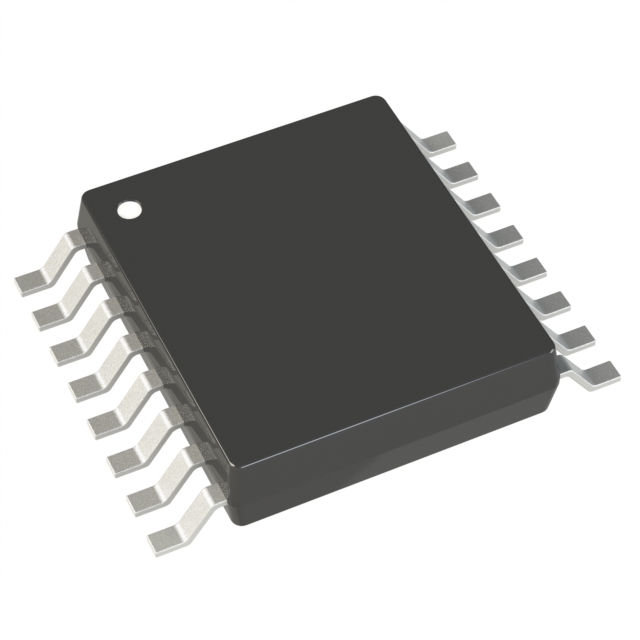| What is a voltage stabilized diode |
| What is TVS |
| The difference between voltage stabilization tube and TVS tube |
| Application of voltage stabilization tube and TVS tube |
- Original content, please do not reprint.
What is a voltage stabilized diode
·The voltage-regulating diode, also known as the Zener diode, is a special semiconductor device. It has high resistance before reaching the critical reverse breakdown voltage. However, once this critical breakdown point is reached, its reverse resistance drops sharply to a very small value. In this low resistance region, the increase in current does not cause a significant change in voltage, thereby achieving voltage stability. The staging of the voltage regulator diode is based on its breakdown voltage characteristics. Due to its unique voltage stabilization characteristics, such diodes are often used as voltage regulators or voltage reference elements. To adapt to higher voltage requirements, the voltage regulator diode can be connected in series. With this series configuration, a higher stable voltage can be obtained, thereby meeting the needs of different circuit designs.
What is TVS
·TVS (Transient Voltage Suppressor) is a new and efficient device widely used in circuit protection, known for its excellent response speed (subnanoseconds) and strong surge absorption capabilities. When both ends of the TVS encounter transient high energy shock, it can transform the impedance from a high-impedance state to a low-impedance state at an extremely fast speed, thereby absorbing instantaneous high current and limiting the voltage across both ends to a preset safe range. This feature allows TVS to effectively protect subsequent circuit elements from transient high voltage spike pulses. Due to its excellent transient voltage suppression capabilities, TVS is widely used to protect devices or circuits from a variety of voltage interferences, such as electrostatic discharge, transient voltages generated during inductive load switching, and overvoltages caused by inductive lightning strikes. This versatility makes TVS an indispensable protective element in modern electronic devices.
The difference between voltage stabilization tube and TVS tube
·Function
The core function of the voltage regulator tube is to ensure the stability of the output voltage and enable the circuit to operate normally within the set voltage range; while the main function of the TVS tube is to absorb bursts of overvoltage, thereby effectively protecting sensitive components in the circuit from damage.
·Voltage range
The voltage regulator tube is mainly used for voltage control and regulation in circuits, and its operating range is relatively limited; while the TVS tube is specially used to deal with transient overvoltages and has a wider tolerance.
·Response speed
When responding to transient overvoltages, TVS tubes must respond quickly and absorb energy, so their response speed is usually much higher than that of the voltage regulator.
· Construct
Voltage regulators are usually made of Zener diodes or other specially designed structures to achieve voltage stabilization; while TVS tubes are made of semiconductor materials such as silicon or germanium, with significant characteristics such as fast response and low leakage current.
Application of voltage stabilization tube and TVS tube
·In surge protection circuits, the voltage regulator can break down at precise voltages, making it ideal for use as a voltage limiting or protection element. This makes them excellent in surge protection applications because of the availability of a wide range of voltage regulator diodes of different voltage specifications.
·In the overvoltage protection circuit of the TV, EC represents the main supply voltage of the TV. When the EC voltage exceeds the safety threshold, diode D1 will turn on, which triggers the conduction of transistor BG. At this time, the collector potential of the transistor BG will change from the original high level (5V) to the low level. This change transmits signals through the standby control line, causing the TV to enter the standby protection state, thereby effectively preventing the damage to the equipment by overvoltage.
·In the design of arc suppression circuit, by connecting an appropriate voltage-regulating diode (or ordinary diode, the same principle) in parallel at both ends of the inductor coil or relay, the high voltage generated by electromagnetic energy can be absorbed when the coil suddenly disconnects from the on state. This design effectively eliminates the arc generated when the switch is disconnected. Such circuits are widely used in industrial fields, especially in high-power electromagnetic absorption control circuits.
·In the series type voltage stabilization circuit, the base of the voltage stabilization tube BG is stabilized at 13V through the voltage stabilization diode D1, so that its emitter outputs a constant 12V voltage. This circuit design has been widely used in a variety of application scenarios due to its stability and reliability.
Although there are certain similarities in some functions of TVS tubes and voltage regulators, TVS tubes are not suitable for replacing voltage regulators due to their completely different design intentions and performance characteristics. The voltage regulator and TVS tube each have unique application scenarios and advantages. Therefore, when designing circuits and selecting components, the most suitable components must be selected in combination with actual requirements and circuit characteristics to achieve optimal performance.








